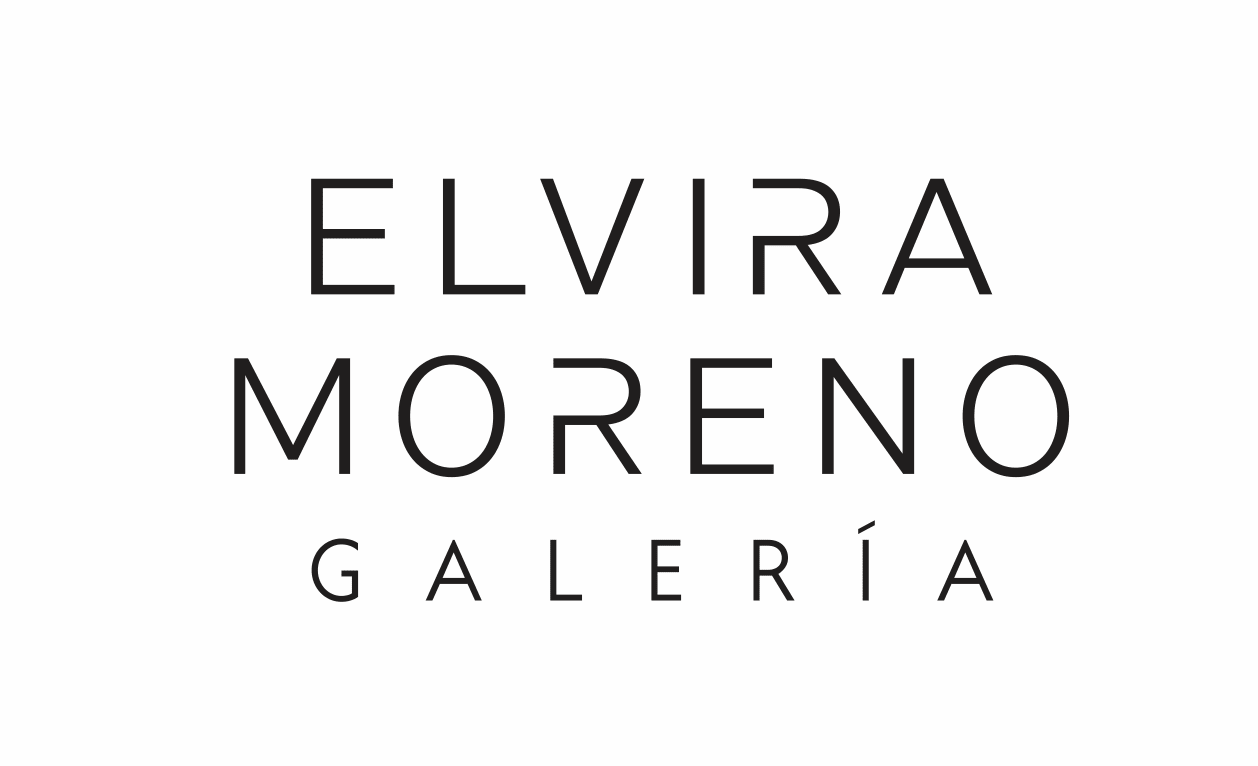Claudia Alarcón & Silät, Regina José Galindo, Ana Mendieta, Delcy Morelos, Florencia Sadir and Rebecca Sharp
Curated by Louise O’Kelly
25 April - July 26, 2025
Bringing together female artists from Latin America across several generations, this exhibition pays tribute to the belief systems and cosmology of the Muisca, the indigenous community who originally inhabited the region in and around Bogotá. Named after the goddess of the moon, Huitaca embodies rebellion against patriarchal structures. She is a joyful and creative force, deeply connected to the energy of the wise woman, the life-giving mother, and the germinal power of the earth. Her transformation into an owl by the male god Bochica marks not only the suppression of female disobedience, but also the erosion of women’s status as vital bearers of knowledge and power within the community as male dominance and warfare increased.
Rooted in the legacies of Latin American cultural and political history, the works in this exhibition speak to an imbalance with nature caused by violent colonial and capitalist activities, while also foregrounding a return to traditional belief systems, practices, and ways of knowing. United by ecological concerns and an appreciation for ancestral knowledge, the selected artists resonate with the worldview of the Muisca, bringing forth the energy of Huitaca to question the status quo.
A large handwoven wall hanging is produced by indigenous textile artist Claudia Alarcón and Silät, an intergenerational collective of over 100 women from the Alto la Sierra and La Puntana Wichí communities in Argentina. Using traditional methods of dying and weaving hand-spun fibres from the native chaguar plant, their work extends ancestral traditions through a communal activity deeply intertwined with local mythology. Populated by geometric forms, the textiles translate dreams, intuition, and elements from their environment into abstract shapes, continuing the lineage of this female-centric practice. Silät means ‘message’ in the Wichí language, acknowledging the textiles’ role in communicating with people outside of the community.
The intimate paintings of Rebecca Sharp offer portals into other dimensions, populated by the ephemera of traditional and contemporary spiritual practices. Drawing upon the language of surrealism and utilizing the symbology of medieval painting to create her visual language, the artist's process of becoming is informed by her meditative practices and metaphysical inquiries. A recurring motif is that of a multicoloured pole, operating as both a witness and an antenna that connects the cosmos to an earthly plane. These have since taken on a life of their own, becoming sculptural objects in their own right.
Florencia Sadir works closely with the transformative power of the natural elements of earth, air, water, and fire, drawing inspiration from the landscape and culture of her hometown in Salta, Argentina. Her practice takes both a poetic and political stance to critique humankind’s role in ecological destruction. Occupying the central floor of the gallery, her installation mixes handcrafted and industrial elements, and is adorned with a symbology that communicates the agency of the non-human. Drawing rainwater directly through the gallery roof and from the mouth of smoke-fired ceramic toads into a series of hand-hammered copper channels, her intervention affirms the presence of water as a life form whose vitality is under threat. The continual flow of water will eventually compromise the vessels designed to receive it, causing them to turn to mud. Unfired clay covers the gallery floor, reinforcing a message of impermanence and the need to tread lightly on this earth.
Sadir’s lived experience informs this work, coming from a region where potable water is unavailable due to widespread industrial pollution.
Guatemalan artist Regina José Galindo’s performative practice responds to various forms of violence against the oppressed. With large-scale performative actions drawing attention to gender based violence, racial discrimination, and human rights abuses, these works are a stark reminder of the dark side of power. Tierra (2013), included in this exhibition, is enmeshed in the history of the Guatemalan civil war (1960-1996) and the massacre and burial of hundreds of thousands of mainly indigenous people. Naked and vulnerable, Galindo stands firm and resolute as the earth around her is excavated by a bulldozer, resisting the annihilation taking place on Guatemalan soil.
Responding to the territorial violence she experienced in Córdoba, Delcy Morelos’ early works focus on the colour red, symbolizing the blood spilled and lives lost in the fight over land. Drawing deep connections between our physiological makeup and that of the earth itself, Morelos’ choice of material, colour, structure, and form embodies our intertwined relationship with the planet, from a physical, spiritual, and cosmological perspective. Using the language of minimalism throughout her practice, the past decade has focused on creating large-scale installations that evoke reverential experiences of soil, shifting expectations of this humble material.
Ana Mendieta’s work is well known for its unique intersection of land art, body art, and ritual, performed in front of a camera. Part of her iconic Silueta series (1973-78), Ana Mendieta’s ‘earth-body’ sculptures inscribe the outline of her own body into the landscape. Using mud, water, fire, and other natural elements, she ritualistically communed with the forces of nature through a series of performative gestures, leaving ephemeral traces in the environment. Burial Pyramid (1974) was shot in the archaeological site of Yagul, Mexico, where her body is buried underneath the weight of a pile of stones, cultural history, and deep time.


